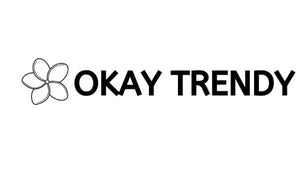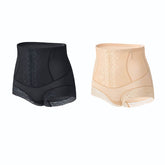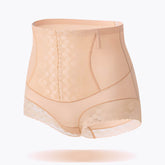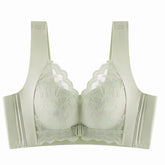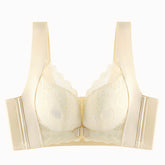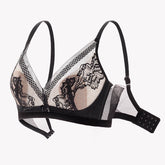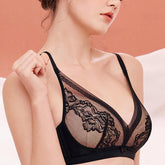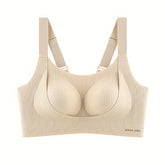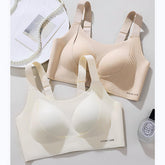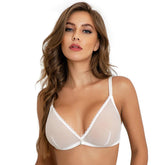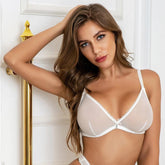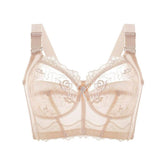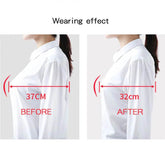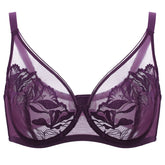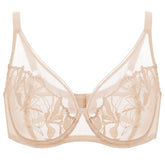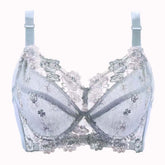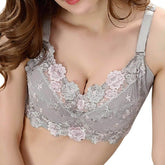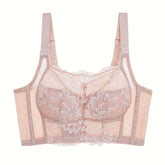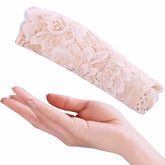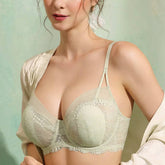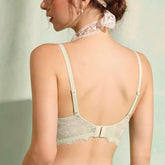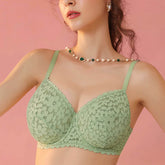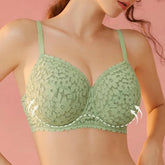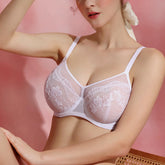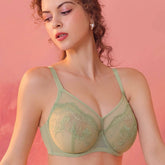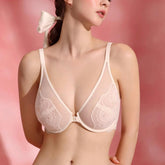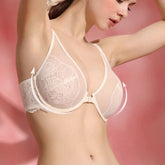Why Do Women Who Wear Size 34 Have 20 Times More Clothing Choices?

You see a trendy top and a matching skirt that you desire. However, their sizes do not go beyond L or 42-44. You may have already experienced this situation, but even if you haven't, you have likely noticed that beyond these sizes, it becomes difficult to dress well and identify with brand ambassadors.
Nevertheless, sizes 40, 42, and 44 are the most popular sizes in France, and 41% of French women wear sizes ranging from 44 to 56.
So why are curvy beauties often pushed out of stores and given so few choices? The Lemon Team has analyzed plus-size fashion and reveals everything to you!
Explanation of the Gap Between Women's Sizes and the Choices They Have in Stores
The French Textile and Clothing Institute (IFTH) highlights a striking fact: size 34, which is prevalent in 0.7% of women in France, offers them approximately 14% of dress options or 1470 models (the dress is taken as a comparison garment). In contrast, size 46, which 9% of women wear, offers only 0.6% of dresses, or just 65 models.
Therefore, it is evident that fashion brands are not aware of women's sizes and do not offer adequate choices.
To understand this situation, the IFTH offers several explanations:
- Most women choose clothes smaller than their usual size, so they are tighter.
- Slender women consume more clothing than average.
- In addition, girls under 18 years old do not hesitate to wear clothes in the women's section.
Up to size 40, it is still easy to find the right size, but for sizes 44, there is a clear lack of options even though there is a real market.
These women have three times fewer clothing options than others. For women wearing size 46, this goes up to 15 times fewer options and 71 times fewer options for women wearing size 48.
When Will There Be Equality for All Sizes?
Despite some coherent explanations, the clothing options have a long way to go to align and satisfy most women who do not wear size 34.
With the increasing exposure of curvy women in the press and media, it would be recommended to expand the plus-size clothing options, especially since brands specializing in plus-size fashion are multiplying.
The editorial team wanted to go further than the explanations given by the IFTH and provides you with other answers.
Fashion and Plus Size: Between Hesitation and Clumsiness
The "plus-size" market, called "plus size" by our American neighbors, is now estimated at just over 15 billion euros. It represents 18% of the total women's ready-to-wear market and recorded a 5% growth last year. Therefore, it is a lucrative and promising market that clothing conglomerates want to profit from.
H&M, Asos, Forever 21, Uniqlo... many of them have publicly or more discreetly launched a collection dedicated to plus sizes. But is it really a question of plus size when clothing barely reaches size 44? When models without apparent curves are chosen to wear these clothes on the brands' websites?
Some, like Missguided, make efforts to go up to size 52, but since productions are often made in smaller quantities, it is not easy to find the right model. Others, like Asos, adapt their clothing for short, tall, and curvy people. Its partner sellers can even go up to size 58.
Although the choice of plus-size clothing is developing. Some brands have also faced backlash for their lack of inclusivity. For example, Abercrombie & Fitch faced criticism in 2013 when its CEO stated that the brand was only interested in marketing to "cool, good-looking people" and that it didn't want "fat" people wearing its clothes. The brand has since made efforts to be more inclusive, but the incident highlights the larger issue of the fashion industry's narrow beauty standards.
In recent years, there has been a growing movement towards body positivity and inclusivity in fashion. Plus-size models like Ashley Graham and Tess Holliday have gained widespread recognition, and more brands are starting to offer extended size ranges. However, there is still a long way to go before all women can feel represented and catered to in the fashion industry.
In conclusion, the fashion industry has a lot of work to do when it comes to offering inclusive sizing and representation for all women. While there have been some positive steps in recent years, there is still a long way to go before women of all sizes can feel equally represented and catered to.
